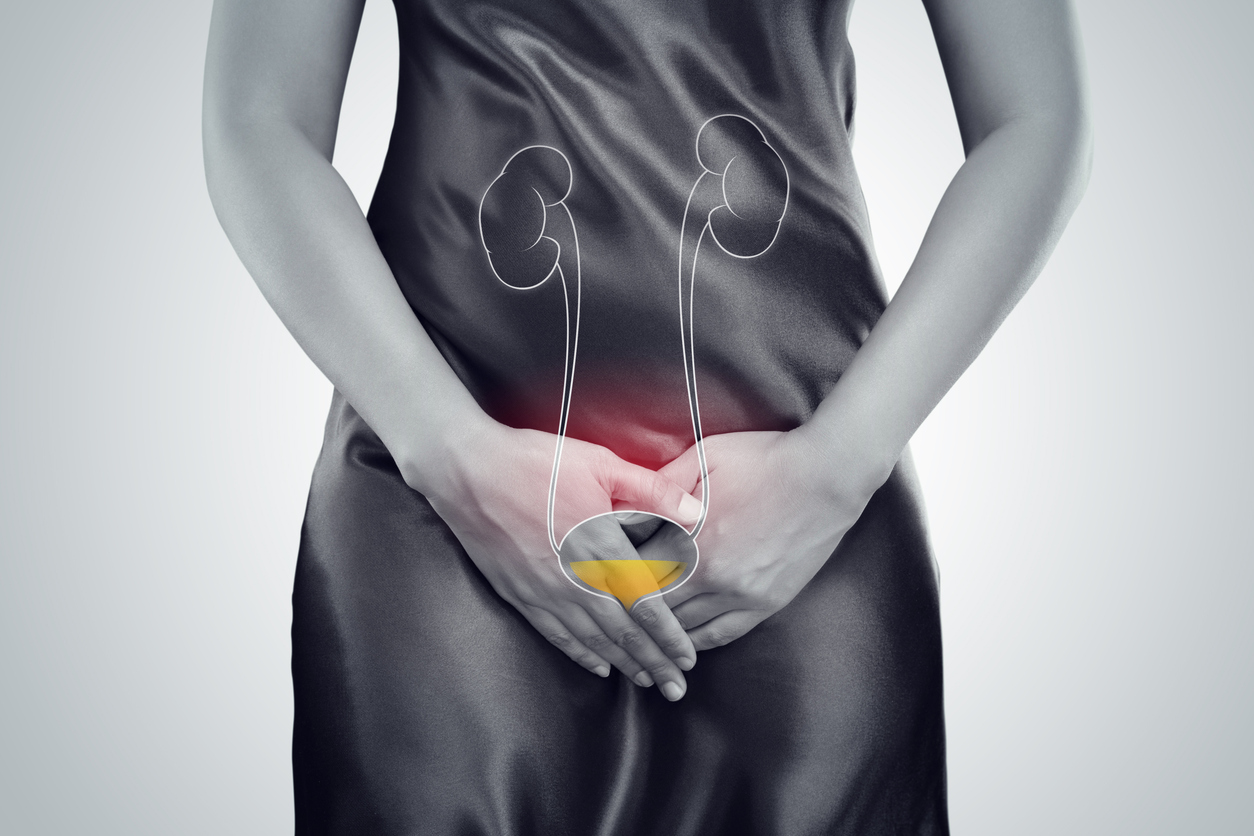Endometriosis is a chronic condition that affects approximately 10-15% of women between 15-50 and other genders as well. This medical condition, characterized by endometrial-like tissue outside the uterus, can impact various body parts. One of the lesser-known facts about endometriosis is its potential to spread to the urinary system, specifically the ureter. This article aims to shed light on the question: “Can endometriosis spread to the ureter?” and delve into the intricacies of this complex issue.
Table of contents
Prevalence of Ureteral Endometriosis
Ureteral endometriosis is a form of urinary tract endometriosis (UTE), which is a rare manifestation of deep infiltrating endometriosis (DIE). Ureteral endometriosis can be either extrinsic, where endometriosis lesions occur outside the ureter causing it to compress, or intrinsic, which happens within the muscular, inner layers of the ureter.
While UTE affects between 0.3% and 12% of endometriosis cases and between 20% and 52.6% of those diagnosed with DIE, ureteral endometriosis is even rarer. Within the entire urinary system endometriosis, the prevalence of ureteral endometriosis is approximately 10%.
Causes of Ureteral Endometriosis
As the exact cause of endometriosis itself is not fully understood, pinpointing the cause of ureteral endometriosis is even more complex. Theories that attempt to explain the origin of ureteral endometriosis include stem cells, immune factors, and retrograde menstruation. In some women, UTE might also be iatrogenic, resulting from previous Caesarean sections.
Read More: Can Endometriosis on Ureter Cause Kidney Shooting Back Pain?
Symptoms Linked to Ureteral Endometriosis
Symptoms of UTE often overlap with those of peritoneal endometriosis. Women with UTE typically experience pelvic pain and dysuria (pain with urination). They may also suffer from frequent urinary tract infections, changes to urination frequency, and hematuria (blood in the urine). However, distinguishing this pain from the one that arises as a result of other forms of pelvic endometriosis is difficult.
Ureteral endometriosis is very rare, with an estimated prevalence of 0.1%. Up to 50% of women with ureteral endometriosis are asymptomatic, 25% have colicky pain, and 15% have gross hematuria. Tissue biopsy and histopathological examination are the gold standard methods for the diagnosis of ureteral endometriosis.
Read More: Can Endometriosis Cause Bowel Issues?
Diagnosing Ureteral Endometriosis
Diagnosing ureteral endometriosis can be quite challenging. It is, therefore, important to consult a specialist who can listen to and understand your symptoms. The initial stages of diagnosis of endometriosis affecting any area include taking the patient’s medical history, followed by pelvic examination and imaging techniques such as ultrasound, sonohysterography, or magnetic resonance imaging (MRI).
Intravenous pyelogram (IVP) is a good imaging technique to predict intrinsic forms of ureteral endometriosis. IVP also helps to evaluate ureter structure after treatment. MRI and Transabdominal ultrasonography can help visualize ureter structure and obstruction in the pelvic region.
Laparoscopic excision surgery followed by histological examination is the gold standard for confirming endometriosis in the urinary tract.
Read More: Can Minimal Endometriosis Cause Infertility
Treating Ureteral Endometriosis
The aim of ureteral endometriosis treatment is to remove endometriosis lesions in the urinary tract and preserve renal function. In cases of mild ureteral endometriosis, medical management, such as combined oral contraceptives, progestin, and aromatase inhibitors, may help with symptoms. However, this is not a permanent solution, and disease progression is expected, so surgical methods are the best option.
The primary treatment for ureteral endometriosis is excision surgery. Although successful medical treatment outcomes have been reported in the literature, medical treatment alone cannot revert the fibrosis resulting from ureteral endometriosis that leads to ureter obstruction.
Conclusion
Ureteral endometriosis, though rare, can cause serious complications, including the potential loss of renal function. Clinical suspicion and preoperative assessment may assist in diagnosis and allow for a multidisciplinary pre-consultation. The laparoscopic surgical approach is based on the extent of the disease and its localization and can be carried out successfully by a highly skilled surgeon.
In conclusion, if there is no other obvious etiology for the presence of unilateral hydroureteronephrosis in women in their reproductive age, the diagnosis of endometriosis should be considered. Early detection and treatment of ureteral endometriosis are essential to prevent severe complications, including the potential loss of kidney function.
References:





It would be really nice if an article about a disease that affects women/afab folks didn’t feature a male urinary tract.